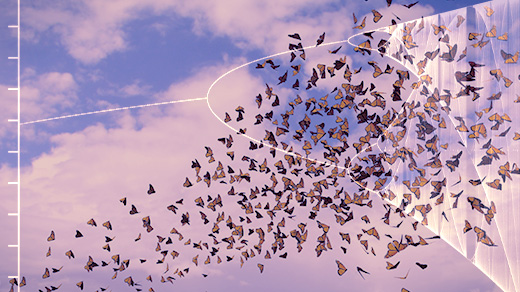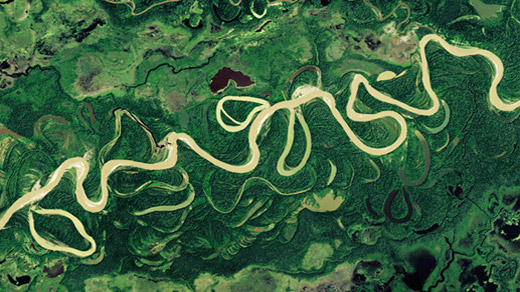What's up in
Ecology
Latest Articles
She Tracks the DNA of Elusive Species That Hide in Harsh Places
On Mount Everest and in the Peruvian Andes, Tracie Seimon uses DNA to study how species and ecosystems respond to climate change, pathogens and other influences.
Simpler Math Predicts How Close Ecosystems Are to Collapse
By replacing thousands of equations with just one, ecology modelers can more accurately assess how close fragile environments are to a disastrous “tipping point.”
With Nothing to Eat Except Viruses, Some Microbes Thrive
“Virovores” — organisms that survive and multiply by eating viruses — might influence the flow of energy through ecosystems.
She Finds Keys to Ecology in Cells That Steal From Others
The ecologist Holly Moeller studies microorganisms that expand their range by absorbing organelles and gaining new metabolic talents from their prey.
How Genes Can Leap From Snakes to Frogs in Madagascar
The discovery of a hot spot for horizontal gene transfer draws attention to the possible roles of parasites and ecology in such changes.
Chaos Researchers Can Now Predict Perilous Points of No Return
A custom-built machine learning algorithm can predict when a complex system is about to switch to a wildly different mode of behavior.
Hidden Chaos Found to Lurk in Ecosystems
New research finds that chaos plays a bigger role in population dynamics than decades of ecological data seemed to suggest.
Reshuffled Rivers Bolster the Amazon’s Hyper-Biodiversity
The lush biodiversity of the Amazon may be due in part to the dynamics of branching rivers, which serve as invisible fences that continuously barricade and merge bird populations.
Wildfires of Varying Intensity Can Be Good for Biodiversity
The spate of furious wildfires around the world during the past decade has revealed to ecologists how much biodiversity and “pyrodiversity” go hand in hand.
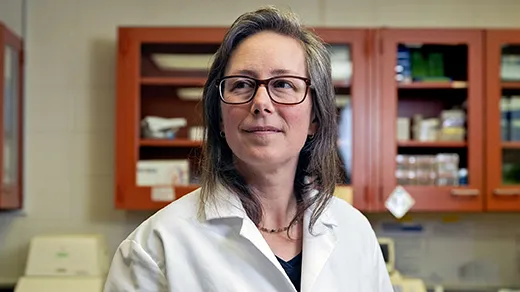
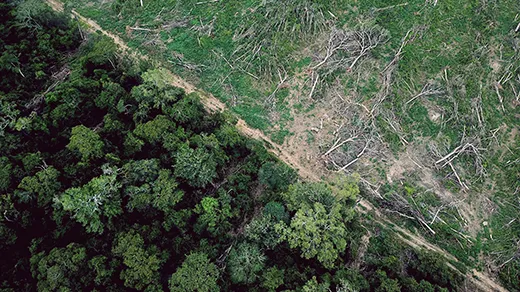
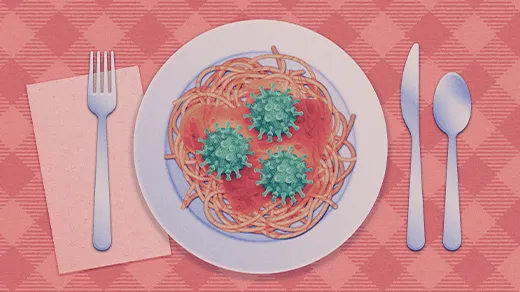

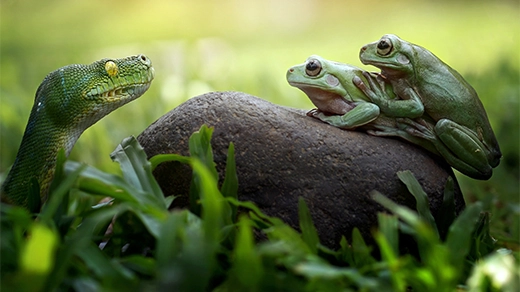
![A video of a large chunk of ice breaking off of a glacier and crashing into the ocean.]](https://www.quantamagazine.org/wp-content/uploads/2022/09/Predicting-Tipping-Points_520x292.jpg)
